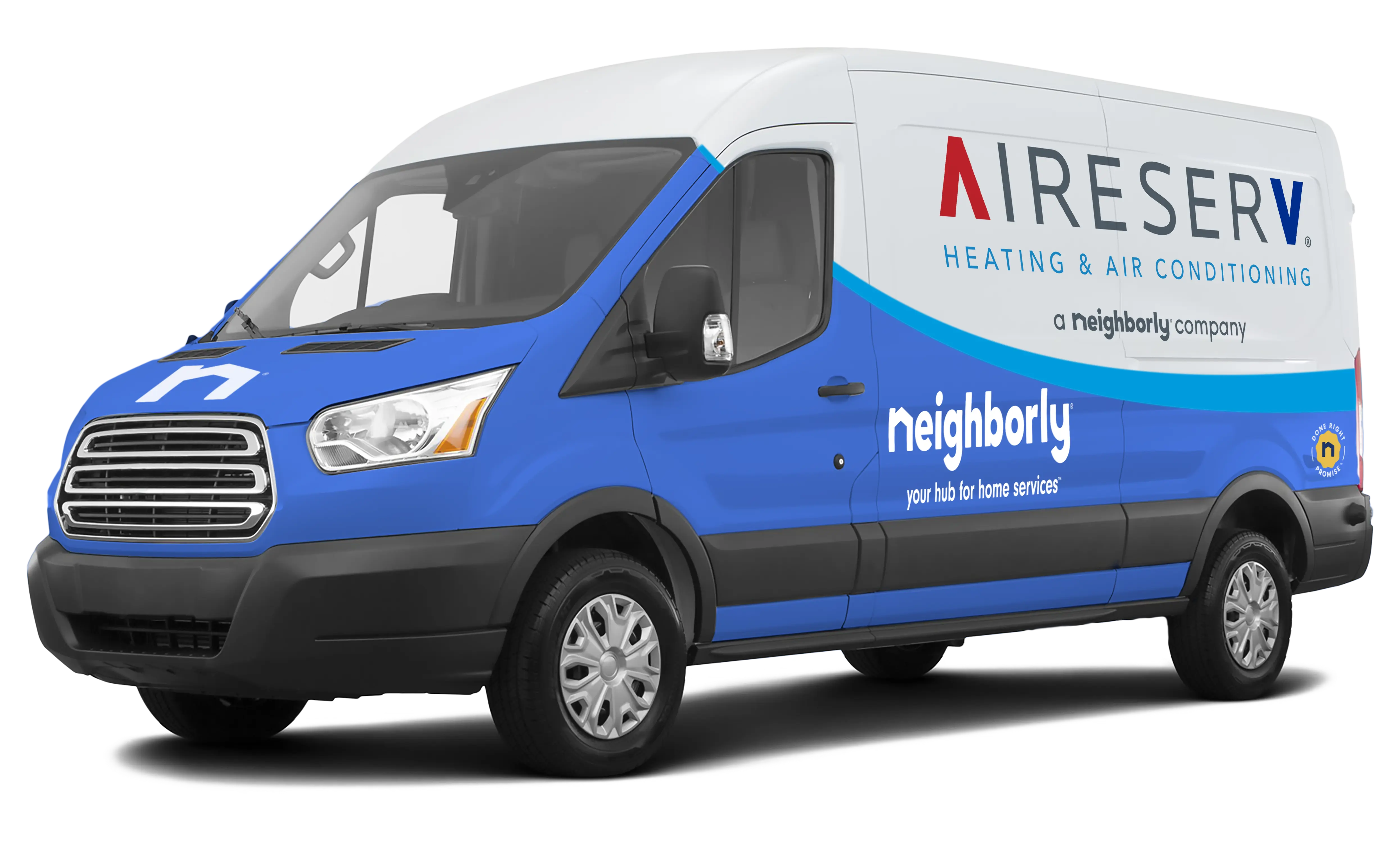As October settles in Shelton, homeowners begin to feel the first real signs of colder weather. This is the perfect time to prepare your HVAC system for winter, ensuring your home remains warm, efficient, and safe throughout the season. Early preparation helps avoid mid-winter emergencies, reduces energy bills, and extends the lifespan of your system.
1. Schedule a Professional HVAC Tune-Up
Professional inspections are essential for winter readiness:
- Check furnace and heat pump operation to ensure they function properly.
- Inspect electrical components, belts, and motors for wear or damage.
- Test thermostat settings and safety controls to ensure accurate performance.
A tune-up identifies potential issues early, preventing costly breakdowns during the coldest months.
2. Replace or Clean Air Filters
Clean air filters are critical for efficient heating:
- Replace or clean filters every 30–90 days, depending on your system.
- High-quality filters capture dust, allergens, and other particles common in fall and winter.
- Dirty filters reduce airflow, strain the system, and increase energy consumption.
Maintaining clean filters ensures optimal system performance and improved indoor air quality.
3. Inspect and Maintain Heating Components
Ensuring your heating components are ready for winter is crucial:
- Inspect furnaces, heat pumps, and burners for proper operation.
- Clean heat exchangers, pilot lights, and flame sensors.
- Test carbon monoxide detectors for safety.
Early maintenance helps prevent mid-season failures and keeps your home consistently warm.
4. Check Ductwork and Airflow
Proper airflow is vital for efficient heating:
- Inspect ducts for leaks, gaps, or damage.
- Clean vents and registers to remove dust and debris.
- Seal gaps with mastic or metal tape for improved efficiency.
Well-maintained ductwork ensures even temperature distribution and reduces unnecessary energy usage.
5. Manage Indoor Humidity Levels
Cold weather often brings dry indoor air:
- Low humidity can dry skin, wood furniture, and flooring.
- Use a humidifier to maintain comfortable indoor moisture levels.
- Monitor moisture levels to prevent mold growth and maintain HVAC efficiency.
Balanced humidity improves comfort, protects your home, and helps your HVAC system run efficiently.
6. Optimize Thermostat Settings for Winter
Smart thermostat use saves energy and enhances comfort:
- Consider a programmable or smart thermostat to automatically adjust temperatures.
- Set lower temperatures during the day when the home is empty and warmer settings in the evening.
- Test your thermostat to ensure accuracy and responsiveness.
Optimized thermostat management reduces energy costs while keeping your home cozy.
7. Prepare for Energy Efficiency
Small home adjustments complement HVAC maintenance:
- Seal windows, doors, and other openings to prevent drafts.
- Insulate attics, basements, and ductwork to retain heat.
- Use ceiling fans in reverse to circulate warm air efficiently.
Energy-conscious habits help lower heating bills and reduce the system’s workload.
8. Monitor System Performance
Proactive monitoring prevents winter emergencies:
- Listen for unusual noises such as rattling or squealing.
- Watch for uneven heating across rooms.
- Track energy usage for sudden spikes indicating inefficiency or malfunctions.
Addressing issues early saves money and extends your system’s life.
Final Thoughts
October is the perfect month to prepare your Shelton HVAC system for winter. By scheduling professional inspections, maintaining filters, checking heating components, inspecting ductwork, managing humidity, optimizing thermostat settings, improving energy efficiency, and monitoring system performance, homeowners can ensure a comfortable, safe, and energy-efficient winter.
Taking a proactive approach now means you’ll enjoy reliable warmth and peace of mind throughout the season, avoiding emergency repairs and maximizing the efficiency and lifespan of your HVAC system.

